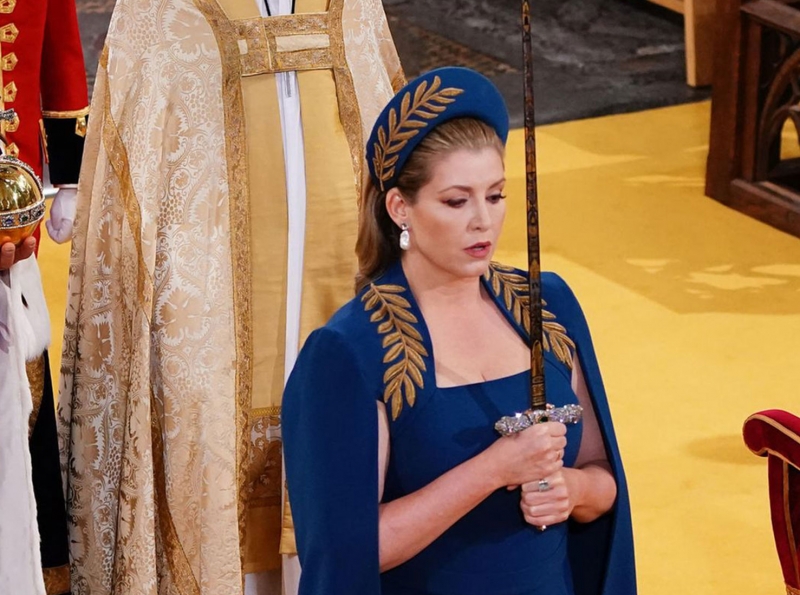Coronation of Charles III: the most significant objects of the ceremony
The world has witnessed a long-awaited event – the coronation of King Charles III and Queen Camilla. A long tradition marks the “formal conferral of royal power on the monarch”. The details of the historic ceremony held at Westminster Abbey in London are interesting – it is accompanied by rituals and objects worth millions. What iconic things do you need to know about?
St Edward’s Oron
During a service at Westminster Abbey, Charles III was crowned with a 400-year-old crown. The Archbishop of Canterbury laid on Charles’s head the crown of St. Edward, which weighs almost two and a half kilograms and is made of pure gold. This crown was originally made for Charles II, but later improved many times. Afterwards, the king put on another crown —the Imperial State Crown, which has been recreated six times since the 16th century.
St. Edward’s Seat
During the sacrament of chrismation, which is the most important part of the ceremony, the monarch sits in the coronation chair of St. Edward. It was created in 1300-1301 for King Edward I and is named after another predecessor, Edward the Confessor. Under the chair is placed the so-called stone of Destiny, or the Skunk stone. Since the 14th century, it has been used in almost every coronation –now it looks too fancy, although it once shone with rich decoration.
Diamond Jubilee
King Charles III of Great Britain and Queen Consort Camilla were traveling from Buckingham Palace to Westminster Abbey for the coronation ceremony in London in a luxurious carriage. The Diamond Jubilee (The Diamond Jubilee State Coach, originally known as the State Coach Britannia) is a six-horse enclosed carriage that was made to commemorate the 80th birthday of Queen Elizabeth II, but completion was delayed by almost eight ;years. Finally, the carriage was finished for another event -its first ride marked the Queen’s Diamond Jubilee.

Kvintet swords
There are five swords at the coronation. The sword of state is carried before the monarch on many occasions as a reminder of royalty (a rarity these days). The other sword of offering is incredibly magnificent. It was made for the pompous coronation of King George IV, and cost 20 times more than most others. This sword was worth almost £6,000 in 1820 money (almost $584,000 today). Three other swords, symbols of spiritual justice, mercy and earthly justice, are carried in front of the sovereign, as was the case under Richard the Lionheart. All of them are directed upwards, without scabbards, reminiscent of the power of the monarch. The sword of mercy, called Curtana, has a blunt end.
Ckipetras
The scepter with the cross paradoxically means secular power under the divine. It is carried in the right hand. A scepter with a dove signifies spiritual influence. The dove is the symbol of Edward the Confessor, and on the scepter with the cross is Cullinan I, the Star of Africa sparkling like an ice floe carats of almost perfect diamond cut. The monarch leaves the abbey and boards the golden carriage with two scepters.
